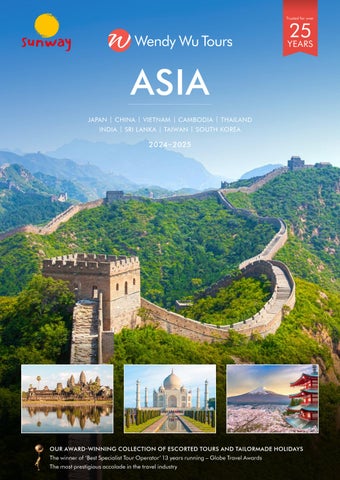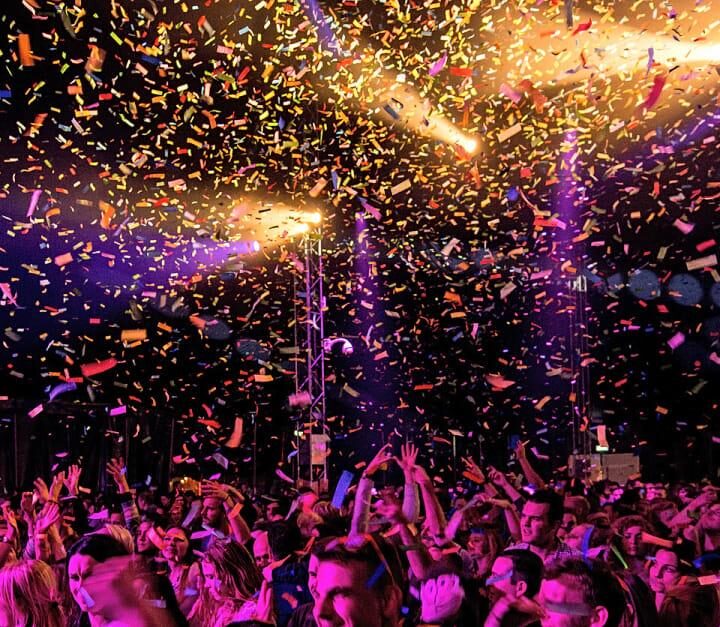For cycling enthusiasts and sports fans alike, the Tour de France is an iconic event that captivates the world every year. One question that often arises is, “How many Tour de France stages are there?” The Tour de France consists of 21 stages that span over 23 days, covering a distance of approximately 3,500 kilometers. Each stage presents unique challenges, from flat sprints to grueling mountain climbs, testing the endurance and skills of the riders. Understanding the number of stages in this prestigious race enhances the appreciation of the physical and mental demands placed on the cyclists as they compete for the coveted yellow jersey. Join us as we delve into the details of the Tour de France and unravel the mystery behind its stages.
History of Tour de France
The Tour de France, one of the most prestigious cycling events globally, was first organized in 1903 by Henri Desgrange, a famous French cyclist. Initially, it consisted of six stages, covering a total distance of 2,428 km. Over the years, the Tour de France has grown in popularity and scale, attracting top cyclists from around the world.
Evolution of the Tour de France
As the Tour de France gained more recognition, the number of stages increased, leading to a more competitive and challenging race. By the 1960s, the race included up to 22 stages, covering over 4,000 km of varied terrain across France.
The 2021 Tour de France featured a total of 21 stages, starting from Brest on June 26 and concluding in Paris on July 18. Riders faced grueling mountain stages, time trials, and flat stages, showcasing their endurance and skills.
Iconic Moments in Tour de France
- Eddy Merckx Dominance: Belgian cyclist Eddy Merckx is one of the most successful riders in Tour de France history, winning the race five times in the 1960s and 1970s.
- Lance Armstrong’s Controversy: American cyclist Lance Armstrong’s seven consecutive Tour de France wins were overshadowed by doping allegations, leading to his disqualification from the event.

Evolution of Tour de France Stages
The Tour de France, the world’s most famous and prestigious cycling race, has evolved over the years in terms of its stages. In the current year, the event typically consists of a total of 21 stages spread across three weeks.
Individual Time Trial Stages
One of the key components of the Tour de France is the Individual Time Trial (ITT) stages. These stages require cyclists to race against the clock, showcasing their individual strength and speed.
Participants often use specialized aero equipment to maximize their performance during ITT stages.
Mountain Stages
Mountain stages are known for their grueling climbs and breathtaking scenery. These stages test the cyclists’ endurance and climbing abilities as they conquer challenging mountain passes.
- Alpe d’Huez
- Mont Ventoux
- Col du Tourmalet
Current Format of Tour de France
As of the current year, the Tour de France consists of 21 stages, covering a total distance of around 3,500 kilometers. The race typically lasts for 23 days, including 2 rest days for the riders.
Types of Stages
The Tour de France stages are divided into different types:
- Flat Stages: These stages are mostly for sprinters.
- Mountain Stages: Featuring challenging climbs in the Alps, Pyrenees, and other mountain ranges.
- Time Trial Stages: Individual and team time trials to test the riders’ speed.
Finishing in Paris
The final stage of the Tour de France always takes place in Paris, with the iconic finish line on the Champs-Élysées. Riders complete multiple laps around the city before the thrilling sprint finish.
Challenges Faced by Cyclists
Cyclists participating in the Tour de France face numerous challenges throughout the race. These challenges can range from physical demands to mental hurdles that they need to overcome to succeed in this grueling competition.
Physical Challenges
One of the primary challenges for cyclists is the demanding physical nature of the race. With how many tour de france stages are there in a year, cyclists have to endure long hours of riding in varying terrains, including steep climbs and rapid descents. The strain on their bodies is immense, leading to fatigue and potential injuries.
Mental Challenges
In addition to the physical challenges, cyclists also face intense mental pressure. The competitive nature of the Tour de France and the constant need to perform at their best can take a toll on their mental well-being. Maintaining focus and motivation throughout the race is essential for success.
Scenic Routes and Landmarks
When it comes to the Tour de France stages, cyclists not only showcase their athletic abilities but also get to experience the breathtaking scenic routes and iconic landmarks along the way. The route of the Tour de France varies each year, with different stages highlighting the beauty of France.
French Alps
The French Alps are a prominent feature of the Tour de France stages, offering challenging climbs and spectacular views. Cyclists navigate through winding roads and steep inclines, showcasing their endurance and skill in conquering the mountainous terrain.
Château de Chambord
One of the notable landmarks along the Tour de France route is the Château de Chambord, a magnificent Renaissance castle in the Loire Valley. Cyclists race past this historic masterpiece, adding a touch of elegance to the competition.

Significance of Different Stages
Understanding the significance of the different stages in the Tour de France is crucial to grasp the complexity and excitement of this iconic cycling event.
The Grand Depart
The Grand Depart marks the beginning of the Tour de France and sets the tone for the entire race. It usually takes place in a different city or country each year, adding a touch of novelty and excitement.
This stage amply showcases the cultural diversity and beauty of the hosting region while also serving as a ceremonial start to the intense competition.
Mountain Stages
Mountain stages are the most grueling and challenging parts of the Tour de France, where cyclists face steep ascents and exhilarating descents amidst breathtaking landscapes.
- These stages often separate the contenders from the pretenders, as the climbers excel in this terrain while the sprinters struggle to keep pace.
- The majestic Alps and Pyrenees provide a perfect backdrop for these battles of endurance and strategy.
Role of Team Strategy
Team strategy plays a crucial role in determining the success of riders in the Tour de France. The strategy involves meticulous planning, coordination, and execution by each team to support their leader throughout the grueling stages of the race.
Strategic Planning
Teams analyze each stage’s terrain, weather conditions, and competitors’ strengths and weaknesses to develop a strategic plan. This includes identifying key moments for attacks or consolidating positions.
Supporting the Leader
Team members work together to protect their leader from wind resistance, shelter them in the peloton, and provide them with food and water. This ensures the leader conserves energy for crucial moments in the race.
Impact on Cycling Culture
One of the most significant impacts of the Tour de France on cycling culture is the inspiration it provides to cyclists worldwide. The grueling stages and breathtaking sceneries showcased in the race motivate enthusiasts to push their limits and explore new challenges.
Increased Participation
The Tour de France’s popularity leads to a surge in cycling participation globally. Cycling events organized worldwide see a marked increase in registrations and engagement, indicating the race’s influence on fostering a cycling culture.
Technological Advancements
The Tour de France acts as a catalyst for technological advancements in cycling equipment and gear. Each year, innovations in bike design, aerodynamics, and performance-enhancing technologies are unveiled, revolutionizing the sport.
Frequently Asked Questions
- How many stages are there in the Tour de France?
- The Tour de France consists of 21 stages.
- What types of stages are there in the Tour de France?
- The stages in the Tour de France vary and include flat stages, hilly stages, mountain stages, and individual time trials.
- How long is each stage of the Tour de France?
- The length of each stage in the Tour de France varies, with some stages being shorter around 100km and others longer around 200km.
- How many rest days are there during the Tour de France?
- There are typically two rest days during the Tour de France to allow riders to recover and prepare for the upcoming stages.
- Which stage is considered the most challenging in the Tour de France?
- The mountain stages, especially those in the Alps and the Pyrenees, are considered the most challenging stages in the Tour de France due to the steep climbs and high altitudes.
Final Thoughts
Unveiling the mystery of how many Tour de France stages there are has shed light on the complexity and excitement of this legendary race. With a total of 21 stages, each presenting unique challenges and showcasing the beauty of France, the Tour de France is a true test of endurance and skill for all cyclists involved.
Understanding the structure and significance of these stages adds a new dimension to following the race and appreciating the efforts of the riders. Whether it’s the grueling mountain climbs or the exhilarating sprints to the finish line, each stage contributes to the rich tapestry of the Tour de France.
So, as you gear up to watch the next edition of this iconic race, remember the 21 stages that make it a truly unforgettable sporting spectacle.


